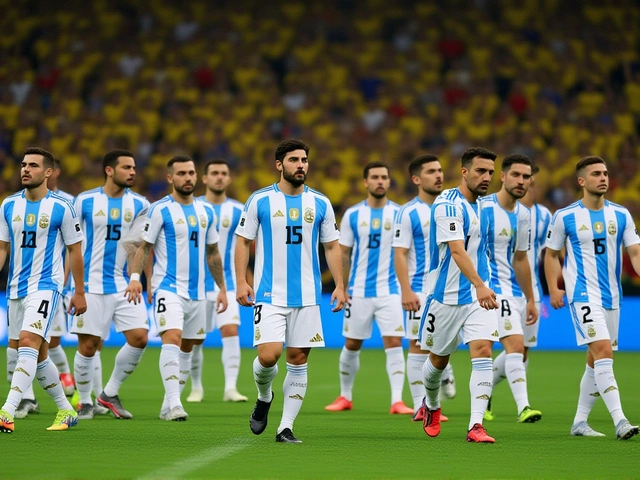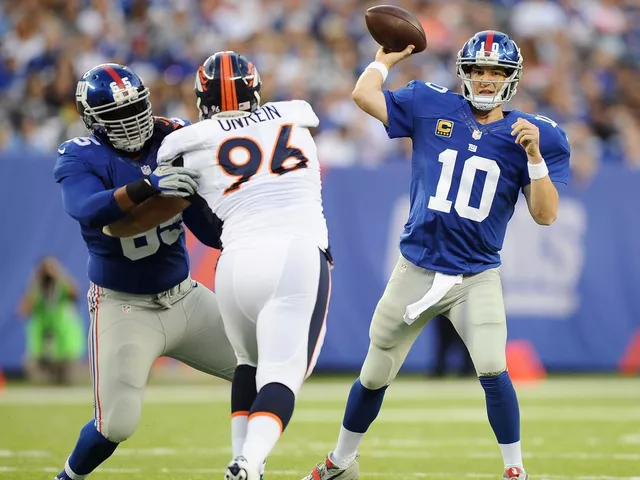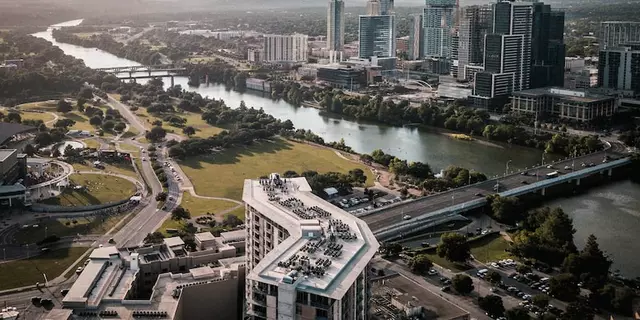The minimum wage hasn’t budged in 16 years—not since July 24, 2009. But on April 8, 2025, lawmakers in Washington took a bold step to change that. The Raise the Wage Act of 2025, introduced simultaneously in the U.S. House of Representatives and the U.S. Senate, proposes a phased increase to $17 an hour by 2030. That’s more than double the current $7.25. And according to the Economic Policy Institute (EPI), it wouldn’t just be symbolic—it would directly lift the pay of 22.2 million workers, or about 15% of the U.S. wage-earning population, adding $70 billion to their annual earnings. For someone working full-time year-round, that’s an extra $3,200 in their pocket. This isn’t just about fairness. It’s about economic momentum.
Why $17? And Why Now?
The last time Congress raised the federal minimum wage, Barack Obama was in his first term, and smartphones were still a novelty. Since then, inflation has eroded its value by nearly 40%. Meanwhile, productivity has soared. The Economic Policy Institute used its Minimum Wage Simulation Model, built by researchers David Cooper, Jessica Mokhiber, and Ben Zipperer, to project the impact. Their model assumes modest wage growth—0.8% annually plus inflation—and projects that by 2030, the federal rate would hit $17. Tipped workers, who currently earn as little as $2.13 an hour in many states, would see their floor rise to $15. Workers with disabilities and teens would no longer be paid less than their peers. The change is simple: one wage floor for all.
It’s not just EPI saying this matters. The Congressional Budget Office estimated that raising the wage to $15 by 2025 would benefit up to 27.3 million workers and lift 1.3 million families out of poverty. That’s not theoretical—it’s measurable. In 2025 alone, 14 states and 39 localities have already passed their own increases. New Jersey, for example, is adjusting wages for seasonal workers and long-term care staff. By year’s end, 221 cities and states will have minimum wages of $15 or higher. The federal proposal isn’t out of step—it’s catching up.
What Do Economists Really Say About Job Losses?
The biggest fear? That higher wages mean fewer jobs. But the data tells a different story. Economists Daniel Aaronson and Eric French from the Chicago Federal Reserve found that a $1.75 hike could boost GDP by up to 0.3 percentage points—adding $73 billion to the economy in a single year. Even if some jobs were lost, the spending boost from workers with more cash would still add $28 billion. That’s not a trickle-down theory. It’s a direct injection into Main Street.
Michael Reich at the University of California, Berkeley Institute for Research on Labor and Employment studied dozens of minimum wage hikes since 2011. His conclusion? A 10% increase lowers teen employment by less than half a percent—barely noticeable. Restaurant prices rise by about 0.5%, but sales don’t drop. People still eat out. Demand for food is stubbornly inelastic. And here’s the kicker: the Brookings Institution estimates that up to 35 million workers—nearly a third of the workforce—could see wage gains from a $17 floor, because employers adjust pay scales across the board to keep internal equity.

The Ripple Effect: Beyond Paychecks
When low-wage workers earn more, they spend it. On groceries. On bus fare. On fixing their car. On rent. That money doesn’t sit in a vault—it circulates. The Richmond Federal Reserve noted in 2021 that these wage increases create a "ripple effect" that reaches households far beyond the immediate recipients. A mother working at a diner in rural Ohio can now afford her daughter’s school supplies. A home health aide in Georgia can skip the food bank. These aren’t abstract economic outcomes—they’re daily realities.
And the poverty reduction is real. The Economic Policy Institute put it plainly in January 2025: "Increasing the minimum wage decreases poverty by increasing the incomes of low-income families, even accounting for decreases in public benefits." That’s key. Some argue that higher earnings reduce eligibility for SNAP or housing aid. But the net gain? Still positive. Families don’t just break even—they climb.
What’s Next? The Political Hurdles
Don’t expect this to pass easily. Republicans in Congress have consistently opposed federal minimum wage hikes, calling them "job killers" despite the evidence. The Senate’s 60-vote threshold means Democrats would need at least 10 GOP votes—or a procedural overhaul. But public support is strong. A 2024 Pew Research poll showed 71% of Americans—including a majority of Republicans—favor a $15 minimum wage. And with 221 localities already acting, the pressure is mounting. The real question isn’t whether this will happen—it’s whether Congress will act before more states outpace them.

What This Means for Workers in 2025 and Beyond
By 2025, 5 more states and 23 localities will join the $15+ club. By 2030, the federal floor will match or exceed what most of the country already pays. That’s a quiet revolution. Workers who’ve been stuck at $7.25 for over a decade—many of them women, people of color, and single parents—will finally see their pay reflect the cost of living. It won’t make them rich. But it might make rent, medicine, and gas feel less like impossible choices.
Frequently Asked Questions
How many workers would actually see a pay raise under the Raise the Wage Act of 2025?
The Economic Policy Institute estimates 22.2 million workers—15% of the U.S. wage-earning workforce—would directly benefit. But when you account for the "ripple effect," where employers raise pay for workers just above the new minimum to maintain pay scales, up to 35 million workers could see increases, according to Brookings Institution analysis.
Would raising the minimum wage to $17 cause widespread job losses?
Research from the University of California, Berkeley and the Chicago Federal Reserve finds minimal to no negative employment effects. A 10% wage increase lowers teen employment by only 0.5% or less. Even in high-turnover industries like restaurants, sales don’t drop because demand for meals is stable. The net economic gain from increased consumer spending outweighs any job displacement.
Why hasn’t the federal minimum wage increased since 2009?
Political gridlock. While 221 states and localities have raised their own minimum wages since 2012, Congress has been deadlocked over partisan views of labor policy. Opponents argue it hurts small businesses, despite evidence showing most minimum wage workers are adults in full-time jobs, not teenagers. The last increase was a compromise in 2007, phased in over three years. Since then, inflation has wiped out its value.
What about tipped workers? Will they be left behind?
The Raise the Wage Act of 2025 eliminates the subminimum wage for tipped workers, raising their floor to $15 by 2030—up from $2.13 in many states. This addresses decades of inequity, as tipped workers are disproportionately women and people of color. States like California and Washington already pay tipped workers the full minimum wage; this bill would make that standard nationwide.
How does this compare to state-level increases already happening?
By 2025, 221 jurisdictions—including New York, California, and Seattle—will have minimum wages of $15 or higher. Some, like Washington State, are already at $16.29. The federal $17 target by 2030 would align with the highest-paying states and ensure a floor beneath which no worker falls. Without federal action, the U.S. risks becoming a patchwork of wage standards, where your paycheck depends on your zip code.
What’s the economic impact beyond wages?
The Chicago Federal Reserve found a $1.75 minimum wage hike could add up to $73 billion to GDP in a year. That’s because low-wage workers spend nearly every dollar they earn, boosting local businesses. The Economic Policy Institute estimates the $70 billion in new wages would circulate through communities, increasing tax revenue and reducing reliance on public assistance programs.



